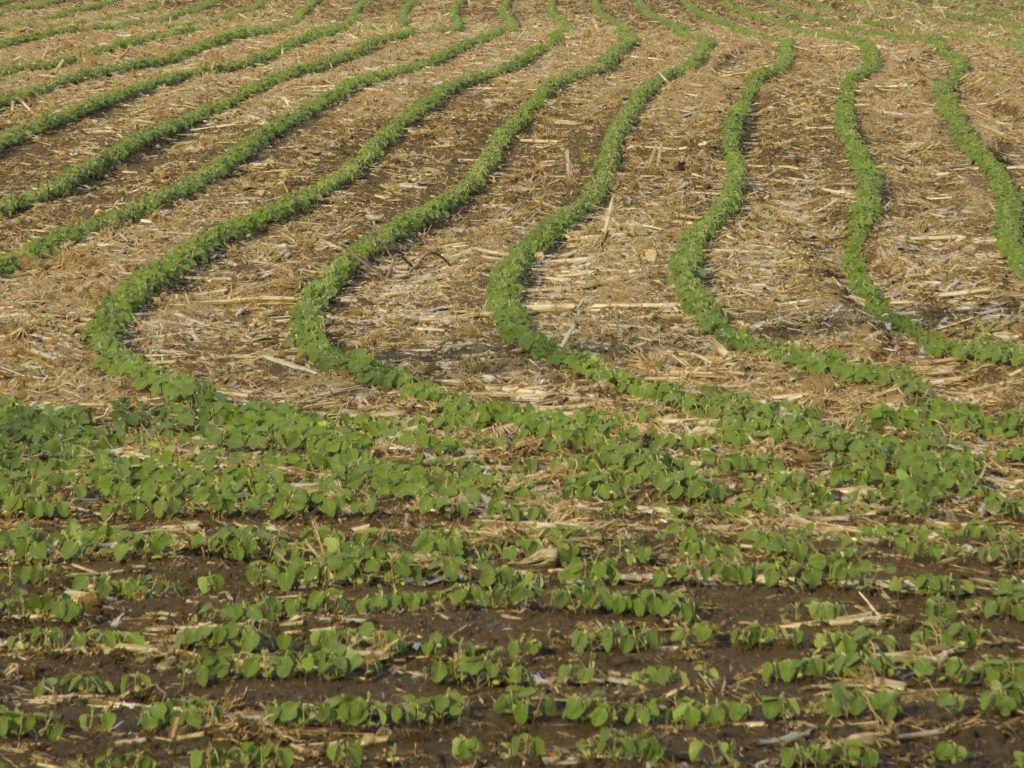By Karla Arboleda
In the deep Southeast, researchers are breeding better, drought-tolerant and protein-rich soybeans so growers can continue to market high-quality crops.
Ben Fallen, a soybean breeder and assistant professor at Clemson University, works to develop varieties of soybeans that will grow with less complications. His program screens breeding lines to find favorable soybean characteristics.

“We’re looking at two main mechanisms: nitrogen fixation and slow wilting,” Fallen says. “Those are the two traits that attribute to drought tolerance in soybeans.”
Soybeans grown in the Southeast have a higher amount of protein than soybeans grown in the Midwest. While more soybeans grow in the latter region, this advantage motivates researchers like Fallen to get the word out about better soybeans for growers to work with and for consumers to enjoy.
“We have Paul and Cheraw that were released a couple years ago,” Fallen says about two Clemson-bred varieties that are resistant to cyst nematodes, root-knot nematodes and disease. “They’re Roundup-ready, but they’re not under patent anymore, so farmers are able to grow the seed, save the seed and plant the following year.”
A better seed is the foundation for South Carolina soybeans to further establish their good reputation. Since soybeans are grown and manufactured for different markets, there is plenty of room for improvement.
“The big push lately has been for improved seed composition,” Fallen says. “We’re trying to develop high meal protein lines that have high-oleic (and) low-linoleic acid soybeans. These are improvements to both the meal and oil markets here in the Southeast and everywhere.”
Results show better soybeans are the product of research collaborations across the country. Fallen says the goal of his research is to raise the crop value for South Carolina soybeans.
“We’re providing the soybeans, but we’re collaborating with an individual at Texas A&M for processing and another individual at Kansas State University to conduct (a different) trial,” Fallen says. “The whole point is to see how we can get more value for the farmers here in South Carolina.”









